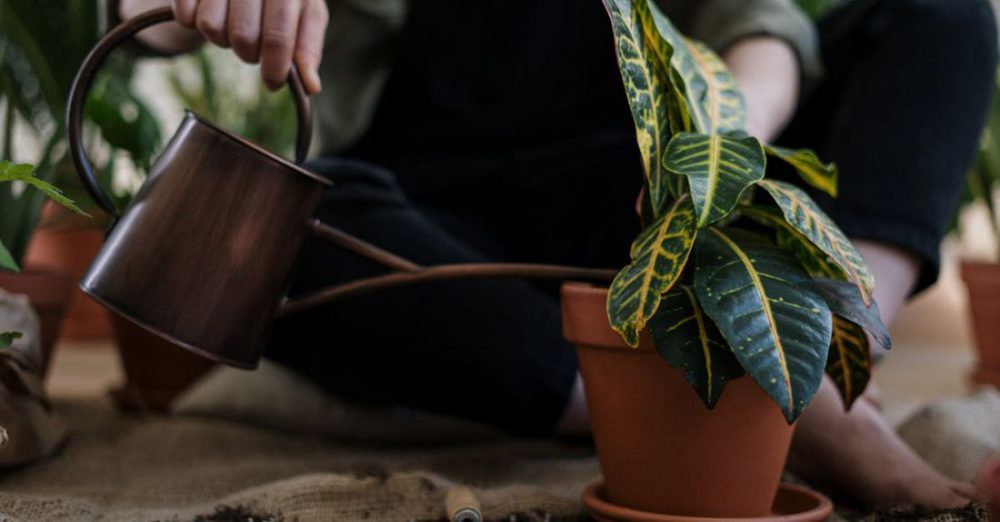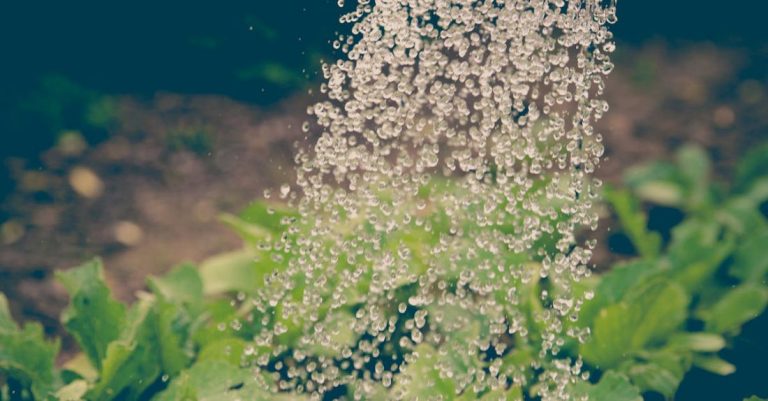
Hand watering is a fundamental aspect of gardening that requires attention to detail and a delicate touch. While it may seem simple, there are specific best practices that can greatly enhance the effectiveness of hand watering and promote healthier plant growth. By following these guidelines, you can ensure that your plants receive the right amount of water in the most efficient manner possible.
Understanding the Needs of Your Plants
Before you begin hand watering your plants, it is essential to understand their individual watering requirements. Different plants have varying needs when it comes to water, and it is crucial to tailor your watering routine to meet these specific needs. Some plants, such as succulents, prefer infrequent watering, while others, like ferns, require consistently moist soil. By familiarizing yourself with the watering needs of each plant in your garden, you can avoid overwatering or underwatering, both of which can be detrimental to plant health.
Timing Is Key
One of the most important aspects of hand watering is timing. Watering your plants at the right time of day can make a significant difference in their overall health and vitality. It is generally recommended to water plants in the early morning or late afternoon to reduce evaporation and ensure that the water has time to penetrate the soil thoroughly. Avoid watering in the middle of the day when the sun is at its peak, as this can lead to rapid evaporation and potential damage to leaves.
Consistent and Even Watering
Consistency is key when it comes to hand watering. It is essential to water your plants regularly and evenly to promote healthy root development and overall growth. To achieve consistent watering, ensure that each plant receives an adequate amount of water without overwatering. Pay attention to the soil around each plant and adjust your watering technique as needed to ensure even coverage.
Avoiding Watering the Foliage
When hand watering your plants, it is crucial to avoid getting water on the foliage whenever possible. Wet foliage can promote the growth of fungal diseases and lead to issues such as leaf spot and powdery mildew. Instead, aim to water the soil around the base of the plant, allowing the water to penetrate deeply into the root zone. If you do accidentally get water on the foliage, gently shake the excess water off to prevent prolonged moisture on the leaves.
Using the Right Tools
Having the right tools on hand can make hand watering more efficient and effective. Consider investing in a watering can with a fine rose attachment, which can help distribute water evenly and gently. Alternatively, a watering wand with an adjustable nozzle can allow you to control the flow of water and reach plants in hanging baskets or other elevated areas. Whichever tool you choose, ensure that it is clean and well-maintained to prevent the spread of disease.
Mulching for Moisture Retention
Mulching around your plants can help retain soil moisture and reduce the frequency of hand watering. Organic mulches such as shredded bark or compost can help regulate soil temperature, suppress weeds, and retain moisture, which can benefit your plants in the long run. Apply a layer of mulch around the base of your plants, taking care to leave a small gap between the mulch and the plant stem to prevent rot and disease.
Observation and Adjustment
Finally, one of the best practices for hand watering is to observe your plants regularly and adjust your watering routine as needed. Pay attention to signs of overwatering or underwatering, such as wilting leaves, yellowing foliage, or waterlogged soil. By monitoring your plants closely, you can make informed decisions about when and how to water, ensuring that they receive the care they need to thrive.
In conclusion, hand watering is an essential task for any gardener, and by following these best practices, you can ensure that your plants receive the proper care and attention they deserve. Understanding the needs of your plants, timing your watering correctly, providing consistent and even moisture, avoiding watering the foliage, using the right tools, mulching for moisture retention, and observing your plants for signs of stress are all key aspects of effective hand watering. By incorporating these practices into your gardening routine, you can help your plants thrive and flourish throughout the growing season.





